Japanese game maker Nintendo has announced yet another variant of its popular 3DS portable gaming console, this time a much less expensive version likely aimed at helping the company cement market share as smartphones like Apple's iPhone disrupt the established portable gaming space.
Dubbed the 2DS, the new console lacks two defining features of its bigger brothers, the 3DS and the 3DS XL. First, Nintendo's newest portable lacks the autostereoscopic display functionality that makes 3D visuals possible on the other two consoles. It also does not have the folding form factor that has marked Nintendo's portables since the Nintendo DS debuted in 2004.
The device still sports the dual-screen form factor of its predecessors, and will be able to play all 3DS and Nintendo DS games. It will also be able to access all of the 3DS apps from Nintendo's eShop.
The new portable packs a front camera and two rear cameras, a single speaker, and a 3.5mm headphone jack. It also comes with a 4GB SD card.
Likely the most attractive differentiator for the device is its price. At $129, the 2DS could prove more tempting for cost-conscious consumers when it arrives on October 12, in time for the holiday shopping season.
The 3DS line has proved to be the sole bright spot for Nintendo over the past year or so. The device debuted to slow sales due in part to its high price tag, but a price cut soon after ensured that sales would take off. It is now the overall leader in dedicated console sales in the United States, according to NPD, and Nintendo is leaning on the 3DS line as it continues to struggle to generate consumer interest for its home console, the Wii U.
Meanwhile, portable devices running Apple's iOS and Google's Android are rapidly altering the portable gaming landscape. Gaming revenue from Google's Play Store and Apple's App Store is now four times greater than what Sony and Nintendo see from their dedicated gaming devices.
Apps in those two upstart markets are typically cheaper to develop than Nintendo titles, and developers have a potential audience that is orders of magnitude larger than the 3DS installed base. Nintendo has taken to attracting smartphone developers to its platforms, hoping that having their offerings on might keep customers from looking in the direction of iOS and Android.
 Kevin Bostic
Kevin Bostic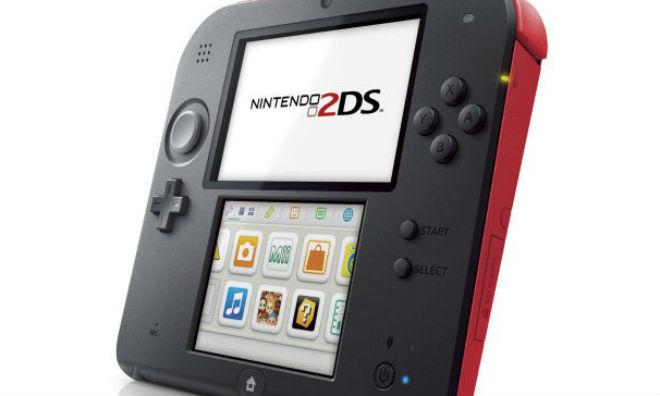

-m.jpg)





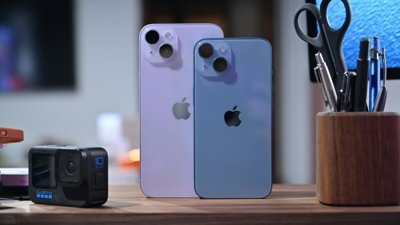
 Malcolm Owen
Malcolm Owen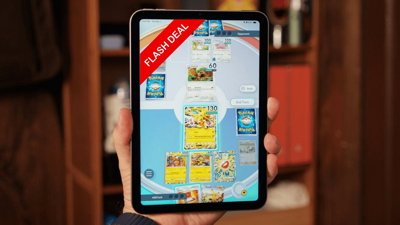
 Christine McKee
Christine McKee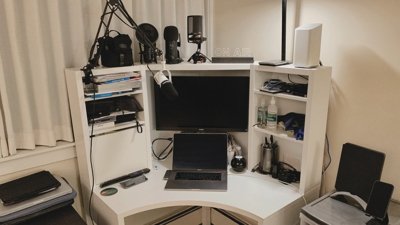
 Charles Martin
Charles Martin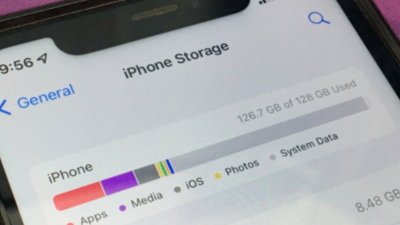

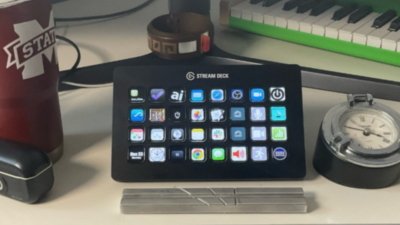
 William Gallagher
William Gallagher
 Amber Neely
Amber Neely










59 Comments
I think it's a terrible decision to make something formerly semi-pocketable into something completely unpocketable.
Particularly since this is designed specifically for children, given its low price, stronger construction, and lack of autostereoscopic 3D.
Nintendo will be the only gaming hardware left in five years that isn't Apple, but this seems silly.
Gotta agree. This is dumb. Too big and unless you grew up on Super Mario and the like who needs it?
Very cool. Kinda like the form factor. It's smart to dump the 3D. Too many people not using it anyways.
Awww, look who just caught up. Isn't that cute? Welcome to the race-to-the-bottom, Nintendo.
[quote name="Tallest Skil" url="/t/159250/nintendo-unveils-cheaper-2ds-console-in-bid-to-secure-portable-gaming-share#post_2386837"] Nintendo will be the only gaming hardware left in five years that isn't Apple, but this seems silly. [/quote] If they continue with devices like this they won't.